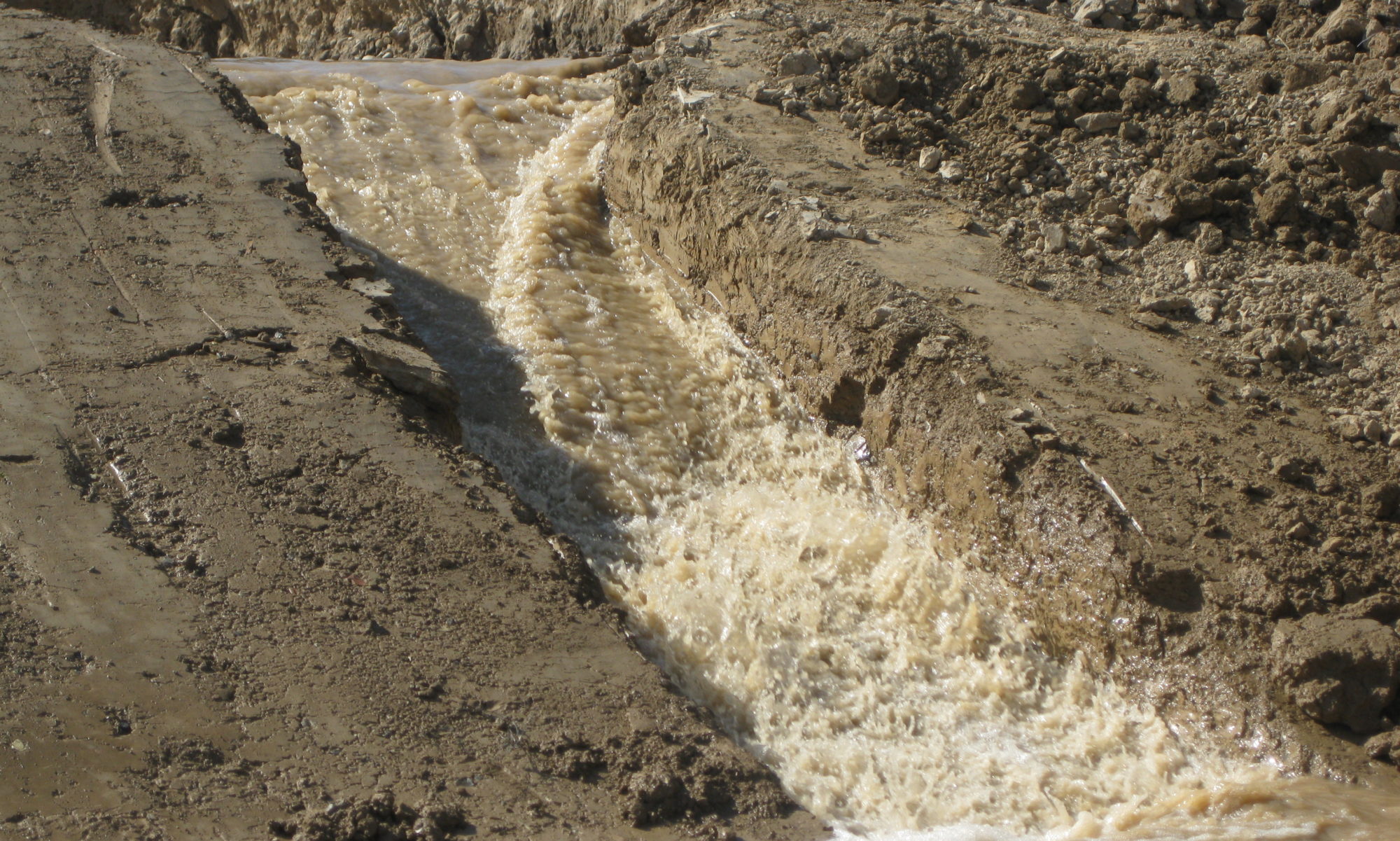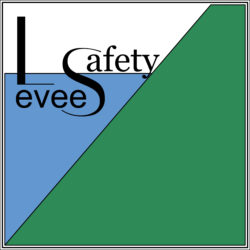Several floods occur every year in the world, in both developing and developed countries, largely resulting from levee breaches, some with catastrophic outcomes.
A flood defence system can be compromised by a single weak point within the whole system. A levee failure, although it is of limited extension, causes the achievement of the ultimate limit state of the entire flood defence system. Levee breaches caused by slope instability and seepage or under-seepage tend to occur rapidly and with little or no warning, leaving little opportunity for evacuation before flooding. Conversely, breaches caused by embankment overtopping tend to progress more slowly and in some cases can be prevented, or, at least, them provide better opportunity to evacuate the threaten area and to minimize damages.
Flood protection is often provided by levee systems that were completed before the use of modern construction methods. Moreover, over time, most levee systems have lost integrity because of flood–related distress, settlements, erosion etc. Therefore, our ability to verify the provided level of flood protection is put to the test.
Even if, levees may develop a false sense of security, actually, even frequent inspections of levee systems may not guarantee their safety because damage can be not apparent.
There is the need for realistic assessment of risk exposure as an element of flood protection policy.
It is important considering all potential failure modes.
Risk based evaluation of all potential failure modes is necessary as a consistent quantitative measure by which to judge priorities. Since a balance between public safety and costs is necessary, risk analysis allows the greatest risk reduction with the available funding to be reached. Since each levee is unique, a detailed investigation and the evaluation of all the potential failure modes and their consequences can allow a decision based on potential for failure and risk to be made.

